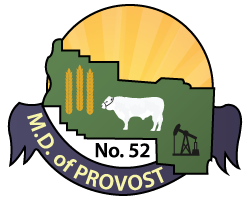Assessment
Understanding Your Assessment
Property assessments in Alberta are based upon a combination of market value and regulated rates. Residential and Non-Residential properties are assessed at market value. Farmland, machinery and equipment, and linear properties are assessed using Provincial regulated rates.
- The Provincial Government establishes the legislation, policies and guidelines that determine how assessments are to be completed.
- The Assessment Department calculates your assessment according to the Provincial legislation and guidelines.
- Assessors use sales information to calculate the value of your property.
- The marketplace and not the assessor determine the value of your property. Thus, properties with similar market values will have comparable assessed values.
- Property owners have the right to appeal their assessment to the Assessment Review Board and the Municipal Government Board. The appeal must be on the provincially approved assessment complaint form (available at the MD office) and must be made within 60 days of the mailing of the assessment / tax notice.
Residential and commercial properties are assessed at market value using mass appraisal techniques. Market value is determined by examining multiple sales of property. It is not a specific price.
Farmland is assessed per regulated rates based on the productivity value.
Pipeline and powerline are assessed on regulated rates established by the province.
Industrial oilfield and manufacturing plants are assessed based upon a combination of the cost approach and regulated rates.
For enquires or questions about your property assessment or the assessment process please call the assessor, Andre Guilbault at (780) 753-2434.
